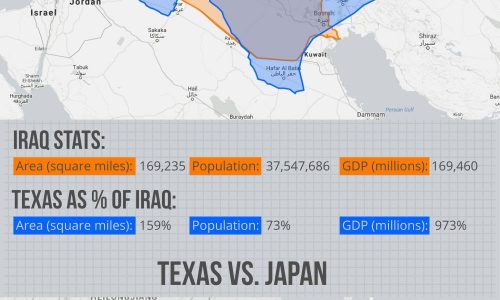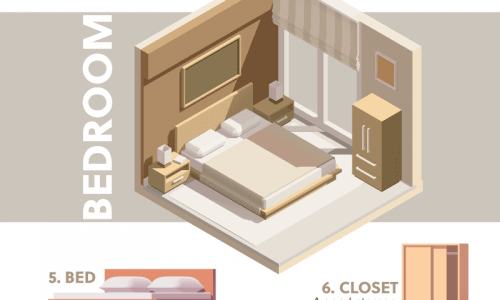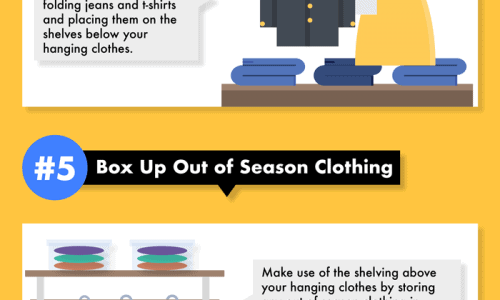
60 years ago, incredible amounts of people in the U.S. were given the opportunity to live in their own house, outside of traditional centers of populations (cities). A significant complication to this new lifestyle slowly developed, as markets produced more to meet consumer needs. Not only did most living a quiet suburban lifestyle start to buy more items individually, but they bought nearly identical things for their own households — which could be easily shared with a few neighbors. This phenomenon has spread to nearly all ways of living, as dominant culture has come to dictate product consumption as the remedy for social ills.
A highly consumptive lifestyle, focused around maintaining and accumulating stuff, requires much more time and effort to uphold: nearly 66 hours are spent each week by the average person living in the U.S.
Many people find different paths toward happiness, including valuing materialistic practices. A challenging view is Minimalism, which proposes that happiness and healthful living can be found through reducing the amount of possessions one owns/uses. Some make the case that the sentimental value attached to certain â??stuffâ?? can be related to experiences and other ways of perceiving oneâ??s surroundings, and are not tethered to the things themselves.
Minimalism may not be a sustainable model for the current world of international trade and finance, but at its core this philosophy can change/challenge a personâ??s outlook on whatâ??s actually necessary in order to live in a fulfilling fashion.





